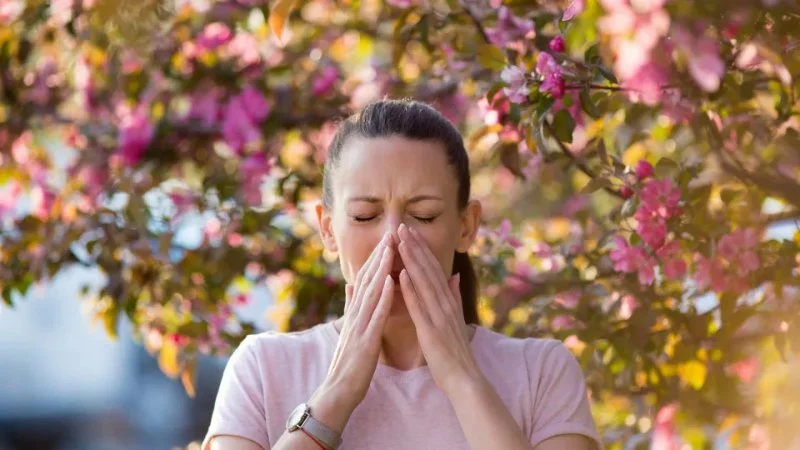
- 1. Introduction: Understanding the Impact of Allergies on Cycling
- 2. Know Your Allergies: Identifying the Culprits
- 3. How to Prepare for Cycling During Allergy Season
- 4. Key Cycling Tips to Minimize Allergy Symptoms
- 5. After-Ride Care: How to Recover from Allergy Symptoms
1. Introduction: Understanding the Impact of Allergies on Cycling
As the weather warms and pollen levels rise, cyclists with allergies may find themselves facing a dual challenge: enjoying their ride while managing uncomfortable allergy symptoms. If you're one of the millions of people affected by seasonal allergies, cycling during allergy season might seem daunting. However, with the right strategies, it's possible to enjoy your rides and minimize the effects of allergies.
In this article, we'll explore how allergies impact cyclists, what steps you can take before, during, and after your ride, and practical tips to ensure that you can ride comfortably throughout allergy season. Let's get started with understanding how allergies affect cycling performance and overall enjoyment.
2. Know Your Allergies: Identifying the Culprits
Before you can manage your allergies, it's essential to know what you're up against. Common allergens that affect cyclists during allergy season include:
- Pollen: Tree, grass, and weed pollen are the primary culprits. Pollen counts can fluctuate based on the time of day and weather conditions, with higher levels typically in the morning and on dry, windy days.
- Dust and Mold: In addition to pollen, mold spores and dust can trigger allergic reactions, especially in areas with poor ventilation or high humidity.
- Air Pollution: Smog and pollution can exacerbate allergy symptoms, especially for cyclists in urban areas.
Identifying your specific allergens can help you plan your rides better and avoid areas with high pollen counts or pollution. Many apps and websites track local pollen levels, so use these tools to check conditions before you ride.
3. How to Prepare for Cycling During Allergy Season
Proper preparation can make all the difference when cycling during allergy season. Here are some steps to ensure you’re ready to ride:
- Check Pollen Levels: Use online tools or allergy apps to monitor local pollen counts. On days with high pollen levels, consider delaying your ride or choosing a route that’s less exposed to allergens.
- Time Your Rides: Pollen counts tend to be lower in the late afternoon or after a rainstorm. If possible, schedule your rides during these times to minimize exposure.
- Wear Protective Gear: Consider wearing sunglasses, a face mask, or a cycling buff to help block pollen from your eyes, nose, and mouth. Some cyclists also wear long sleeves and pants to reduce exposure to pollen on their skin.
- Take Allergy Medications: If you suffer from seasonal allergies, consult your doctor about taking antihistamines or other allergy medications before you ride. Be sure to choose non-drowsy medications to avoid feeling sluggish during your ride.
By planning ahead and making simple adjustments, you can significantly reduce the impact of allergens while cycling.
4. Key Cycling Tips to Minimize Allergy Symptoms
While cycling during allergy season requires some preparation, there are several in-the-moment tips that can help you stay comfortable on your ride:
- Stay Hydrated: Allergies can dry out your throat and make breathing more difficult. Drinking plenty of water throughout your ride can help keep your airways moist and reduce discomfort.
- Take Breaks: If you're feeling overwhelmed by your symptoms, take short breaks to breathe and rest. This can help clear your head and prevent further irritation.
- Choose the Right Route: Stick to roads and trails that are away from fields or wooded areas, which tend to have higher pollen counts. Urban routes with less greenery can often be a better choice during allergy season.
- Use a Ventilated Helmet: A well-ventilated helmet can help reduce the amount of pollen that collects around your face and head. Consider wearing a helmet with mesh ventilation holes to keep air flowing around your face.
These tips can help you minimize allergy symptoms while enjoying your cycling experience. Remember, managing allergies during cycling is about finding the right balance and being proactive about your health.
5. After-Ride Care: How to Recover from Allergy Symptoms
After your ride, it’s important to take steps to relieve any lingering allergy symptoms and recover quickly:
- Shower and Change Clothes: Pollen can cling to your skin and clothing, so be sure to shower and change into clean clothes as soon as you finish your ride. This will help remove allergens and prevent them from further affecting your health.
- Use Nasal Irrigation: A saline nasal rinse or neti pot can help clear out pollen and other allergens from your nasal passages after cycling. This can provide immediate relief from congestion.
- Take Allergy Medications: If you haven’t already, consider taking allergy relief medication after your ride. This can help reduce any symptoms you may experience once you're home.
By incorporating these after-ride steps into your routine, you can effectively manage your allergy symptoms and recover quickly, ensuring you’re ready for your next ride.
Looking for more tips and the best gear for cycling during allergy season? Visit Cycling Guider to find the perfect products, services, and recommendations to help you enjoy your rides throughout the year.




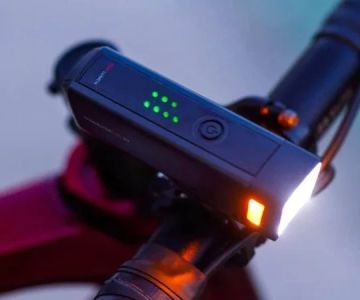


 Billet BMX5.0 (2 reviews)
Billet BMX5.0 (2 reviews)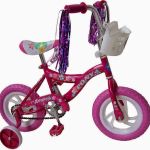 Far East Children Bicycle Factory1.0 (1 reviews)
Far East Children Bicycle Factory1.0 (1 reviews) Archer Motorsports, Inc.4.0 (8 reviews)
Archer Motorsports, Inc.4.0 (8 reviews) YEP Bike Works4.0 (55 reviews)
YEP Bike Works4.0 (55 reviews) Gorham Bike & Ski4.0 (498 reviews)
Gorham Bike & Ski4.0 (498 reviews)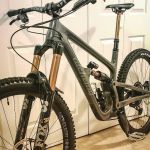 Alchemy Bikes4.0 (37 reviews)
Alchemy Bikes4.0 (37 reviews) How to Teach Kids to Ride a Bike: A Step-by-Step Guide for Parents
How to Teach Kids to Ride a Bike: A Step-by-Step Guide for Parents Tips for Riding on Busy City Streets: Smart Strategies for Urban Cyclists
Tips for Riding on Busy City Streets: Smart Strategies for Urban Cyclists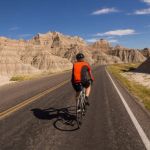 Best US National Parks for Mountain Biking: Ride Epic Trails Across America
Best US National Parks for Mountain Biking: Ride Epic Trails Across America Best Aero Helmets for Time Trials and Racing
Best Aero Helmets for Time Trials and Racing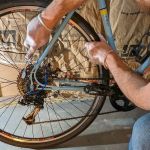 How to Clean and Lubricate Your Bike Chain Like a Pro
How to Clean and Lubricate Your Bike Chain Like a Pro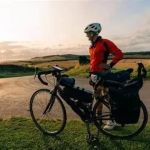 10 Must-Have Items for Long-Distance Cycling Trips
10 Must-Have Items for Long-Distance Cycling Trips